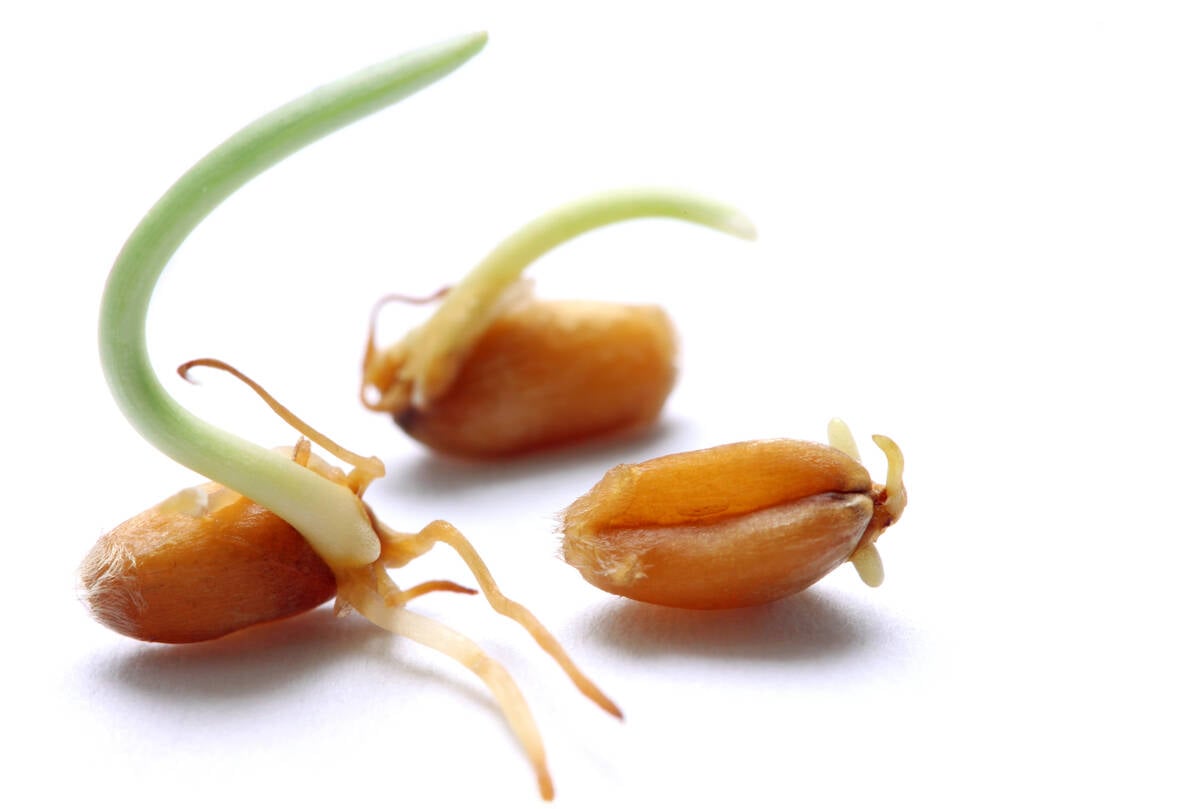Seeds, chemicals and farm equipment are all tested by manufacturers and other researchers to ensure they perform well on the farm, but how compatible are those results with individual operations?
On-farm crop testing may be farmers’ best bet.
Kwesi Ampong-Nyarko, a research scientist with Alberta Agriculture, says many farmers are drawn to experimentation.
“They’re a source of innovative ideas.”
Ampong-Nyarko said there are many reasons why a farmer would be interested in testing new technology.
New technology may have a lot of potential, but “only a trial on a grower’s farm can help him decide if a new practice will work,” Ampong-Nyarko said.
Read Also

Manitoba farmers fight sprouted wheat after rain
Rain in mid-September has led to wheat sprouting problems in some Manitoba farm fields.
“A trial also enables farmers to adapt a technology specifically to their needs ….”
Ampong-Nyarko said producers often leave field days with lingering questions about a promising new technology.
“You wanted to see a repeat of the treatment to be certain it wasn’t a fluke result.”
“You wanted to know if the treatment was on a more fertile piece of soil than the others, you wanted assurance the researcher didn’t intentionally choose those plots for the promising variety and you wanted to see the variety you grow to compare it side-by-side with the new one.”
Growers who decide to do on-farm testing should keep certain factors in mind:
- A simple on-farm test should be repeated at least three times.
- The treatments should be randomized within each replication, which means not intentionally choosing where to conduct a particular treatment.
- They should ensure that they test a large enough area, typically a half acre plot.
- Choose a uniform area in the field for the trial.
- Include a control area to compare to the treatment. In a variety trial, the farmer’s current variety will be the control treatment.
- Record yield information as the strips are harvested.
- Repeat the test for at least one more year to ensure the results are repeated and reliable.
- Use similar management practices on all treatments.
- The data should include all important crop traits rather than just yield.
- Keep good notes of all trial activities and ensure the results are unbiased.
- Plan an on-farm field day to show the trial to other farmers and researchers.
“The bottom line is you want to be sure the difference you observe between treatments are real and that the result can be reproduced under similar conditions,” said Ampong-Nyarko.














